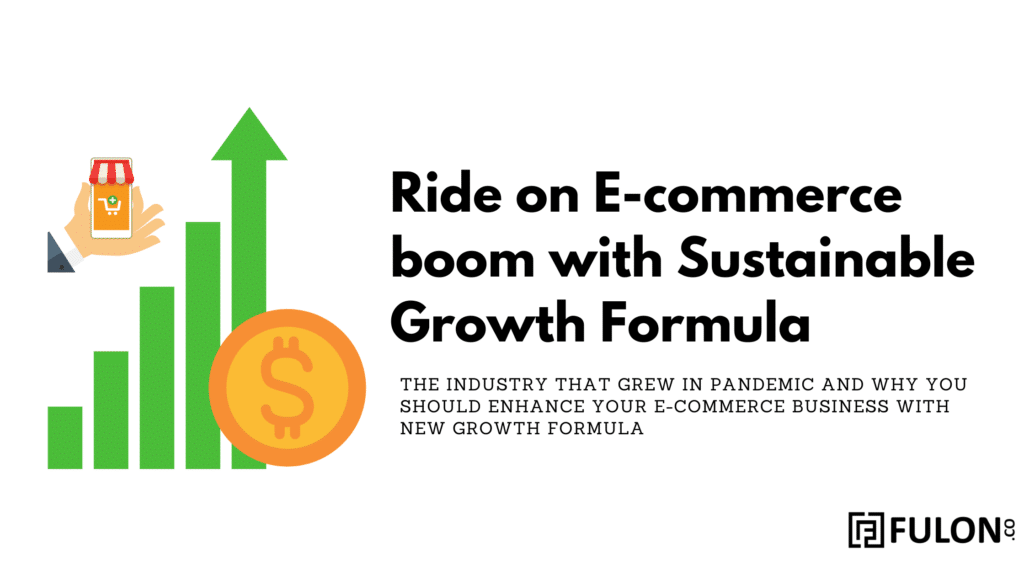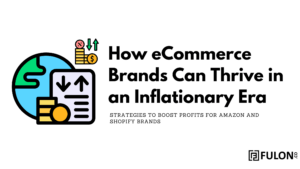Table of Contents
Introduction

It is well knowledge that one of the industries that has flourished as a result of the covid epidemic is e-commerce. However, not all E-commerce businesses have the same potential for success. The main difference is how successful E-commerce brands value their assets, products, customers, and sales channels.
In this blog, we’ll go through it in detail. It doesn’t matter whether you are just selling on Amazon or other marketplaces or on your store. These fundamentals works across all the channels.
Like other E-commerce unicorns, you’ll need to figure out how to build consumer value. So, let’s look at what makes these businesses and brands successful, and what they have in common.
Brand value is vital for successful brands
They are proud of their brand, and the concept of VALUE is woven seamlessly across their businesses, from income production to staffs, from products to consumers, and from marketing to sales channels. They have a greater understanding of (brand) value than the other players in the market.
These brands value sustainable growth.
In a sense, they put a high value on three key factors:
Optimizing for Growth
They work on increasing their LTV: CAC ratio.
LTV stands for Customer Lifetime Value, and
CAC is for Customer Acquisition Cost.
It is quite important to optimise in the early years. Stop focusing just on new customers as a criterion for success. This is now one of the most critical variables in attaining long-term growth. This LTV:CAC ratio compares the lifetime value of a client to the cost of obtaining that customer. What is the significance of this?
Focus on loyal customers – Because this allows you to focus on loyalty and consumers who will be of high value to you rather than going out and attempting to gain new customers all the time.
Solid growth foundation – Their product offering and unit economics work together to provide a solid growth foundation. Many brands confront challenges when it comes to reengineering their product offering for customers, such as unit economics, retailing, and packaging. Successful Unicorns find this out soon so that the economics of their core product offering work across all marketing channels. As a result, don’t put all of your efforts into expanding your brand at the expense of profitability. Concentrate on it from the start.
Strong product innovation strategy – Focus on a compelling core product as well as secondary and tertiary products. It’s vital to have a solid product innovation strategy in place if you want to keep growing the value of your existing client base and develop recurring revenue in the long run. Successful businesses listen to their customers, understand what they want, and are able to meet their demands based on that initial core product offering. These companies expand alongside their clients, meeting them where they are, and having a long-term product innovation pipeline.
The entire team focused on the same objectives
Clarity on revenue targets for brands – Everyone in the company understands what the company’s revenue targets are. The revenue objective and the procedure for determining it are understood by everyone in the organisation. It’s critical to understand how Brand establishes revenue objectives. They describe their KPIs (Key Performance Indicators) not just by name, but also by explaining what they imply and how to calculate them, as this varies from one brand to the next. Simply identifying these concepts at a macro or high level isn’t sufficient; it’s essential to realise the definitions of these concepts across the organisation and the impact they have on each group.
Empowering employees to work independently
Allow each member of your team to work independently while being aligned with the brand’s overall goals. Successful brands place a strong emphasis on empowering their employees to perform, and employees have been given the potential to make a difference across the board. Finally, there is cross-organizational incentive alignment.
Adding Value to Customers
According to Harvard and Bain and Company’s research, there are four types of values:
- Social Impact
- Life-Changing
- Emotional
- Functional
Read more about – Understanding the 30 factors of consumer value can help businesses obtain a competitive advantage.

Within the consumer psyche, each of these has a different kind of value.
Successful Brands Value-Creating Consumer Value
Now, we’re considering consumer value.
According to the study, brands with an NPS of 8/10 on four or more values had a 3X higher NPS and a 4X higher revenue growth.
So, focusing on significant value and ensuring that your customers understand the value they’re receiving and that you, as a brand, are delivering on it, will lead to business success and growth.
Successful Brands Value Customers Uniquely
“Not all clients are created equal“, as Peter Fader famously stated.
When you divide your clients into value categories, it’s clear that some are worth more than others simply based on their Life Time Value (LTV). So it’s only reasonable to treat them with compassion.
Determine which customers receive the most value
The first stage is to do an analysis and segment consumers based on their LTV. Divide your active customer base into tiers based on their value. Determine how much more your highest-value customers are worth compared to your lowest-value customers based on lifetime spender LTV. This offers you a realistic idea of how to plan for retention and develop alternative strategies for each tier.
Communicate value to each tier in a unique way
Create unique offers and service points based on your understanding of each tier of customer segments. Give alternative access to product offers or customer support to customers who engage with you and are in higher tier buckets, for example. Make an effort to communicate with them in a unique way.
Optimize to provide meaningful value
Continue to test, uncover what works based on ever-changing consumer behaviour, and optimise it.
- Put your messaging to the test.
- Different value propositions should be tested at different stages of the funnel.
- Different retention strategies should be tested.
- All of this should be documented and shared within the company.
Value Each Sales Channel Differently
There are both digital and physical sales channels. With different marketplaces, brands have a variety of alternatives for delivering value to their customers. The goal is to build a value ladder that is dependent on the sales channel.
- Determine the value they can provide their customers through various sales channels.
- Don’t try to sell the same product everywhere.
- Deliver the most value to the customers that matter most to you.
Summary
Build your business for long-term success, not just for that one net new customer. It’s essential to provide customer growth, but it’s also important to concentrate on high-value consumers.
Organize your internal and external teams around a consistent set of objectives. It’s vital that everyone in your organisation, including external stakeholders, understands your macro goals and has a clear knowledge of what they are. You’ve put together some incentive schemes for your employees. Everyone contributes to the achievement of the macro objectives.
Provide consumers with meaningful value. Understand what your product is capable of, and make certain that it does so across the board, not just in terms of functionality, but also in terms of emotional value propositions. Make sure you’re explaining this to your customers clearly.
Treat your customers uniquely. Providing everyone with the same value set, messaging, and so on isn’t going to work. Know who your high-value customers are and focus to them.
Finally, with each sales channel, be intentional. You have several sales channels accessible to you; however, you are not required to use all of them. You should definitely take a multi-channel approach, rather than focusing primarily on one, but you should also know what you’re going to give to your customers on each of these channels. How will it be unique, and how can you give them the finest experience possible with your brand?







